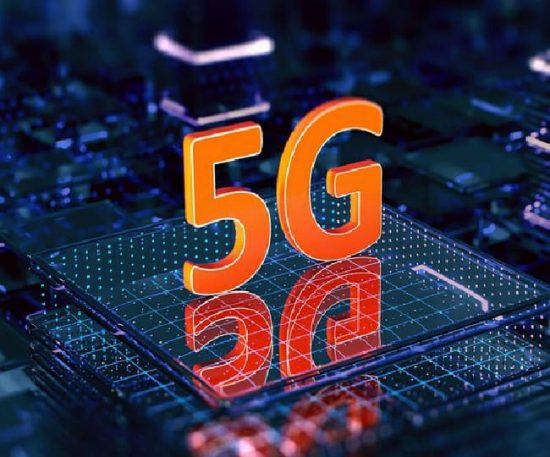While 4G networks are mostly designed for phones, 5G networks is designed for much more flexible use, replacing the need for many special-purpose networks.
New Delhi: Fifth generation wireless technology (5G), which will allow faster and more responsiveness Internet services, will be rolled out in India in 2022, the Department of Telecommunications (DoT) announced on Monday. As per a press statement, 13 cities across the country will get 5G in the beginning. These 13 cities are Ahmedabad, Bengaluru, Chandigarh, Chennai, Delhi, Gandhinagar, Gurugram, Hyderabad, Jamnagar, Kolkata, Lucknow, Mumbai and Pune.
The government, however, did not confirm which telecom operator will be the first to commercially roll out 5G services. All the three leading telecom operators like Jio, Airtel and Vi (Vodafone Idea) have already set up trial sites in these cities.
5G is the latest upgrade in the long-term evolution (LTE) mobile broadband networks. While 4G was a great leap forward, allowing people to stream music and video on the go, 5G is designed to connect many more types of devices than smartphones and offers far higher speed and capacity.
Why will these cities be among the first?
One of the reasons why the bigger cities were chosen for these trials is their telecom services penetration, making it easier to convince more people to upgrade from 4G.
Also, industry experts said, since the costs for 5G services are initially going to be on the higher side, it would be wise to test the service in areas where more consumers would find them affordable. A third reason is that cities provide all kinds of locations, such as walled complexes and open spaces, that are suitable for testing of various 5G bands.
What is 5G technology?
5G mainly works in 3 bands, low, mid, and high-frequency spectrum. In the low band spectrum, the speed is limited to 100 Mbps. The mid-band spectrum, on the other hand, offers higher speeds compared to the low band but has limitations in terms of coverage area and penetration of signals. Internet speed in the high-band spectrum goes up to 20 Gbps. The highest internet speed in 4G has been recorded at 1 Gbps.
While 4G networks are mostly designed for phones, 5G networks is designed for much more flexible use, replacing the need for many special-purpose networks. They can even function as many separate networks – all at the same time.
The Indigenous 5G Test bed project started in 2018 and is set to be completed by December 31, 2021. The project has been funded by the Department of Telecom. The department has spent Rs 224 crore on this project.
Eight agencies – Indian Institute of Technology (IIT) Bombay, IIT Delhi, IIT Hyderabad, IIT Madras, IIT Kanpur, Indian Institute of Science (IISC) Bengaluru, Society for Applied Microwave Electronics Engineering & Research (SAMEER) and Centre of Excellence in Wireless Technology (CEWiT) – are involved in the research project called ‘Indigenous 5G Test bed project’.
“Costing Rs 224 crore, the project is likely to be completed by December 31, 2021, paving the way for end-to-end testing of 5G User Equipments (UEs) and network equipment by 5G stakeholders developing 5G products/services/use cases, including indigenous start-ups, SMEs, Academia and Industry in the country,” the Department of Telecom said.
The indigenous 5G test bed, a visionary technology development project initiated in telecom space, will enable development, testing and proliferation of 5G technology system components, cross-sectoral use cases, besides setting up the foundation for the development of “6G Technology landscape” in the country, it added.
What changes for consumers?
One of the major changes will be in terms of rich experiences on their phones and other connected devices. For instance, users will be able to stream videos with multiple camera angles during sports matches or even play immersive video games using VR headsets or other accessories.
As far as commercial smartphones are concerned, some newer devices in the market claim to be 5G-ready.





































